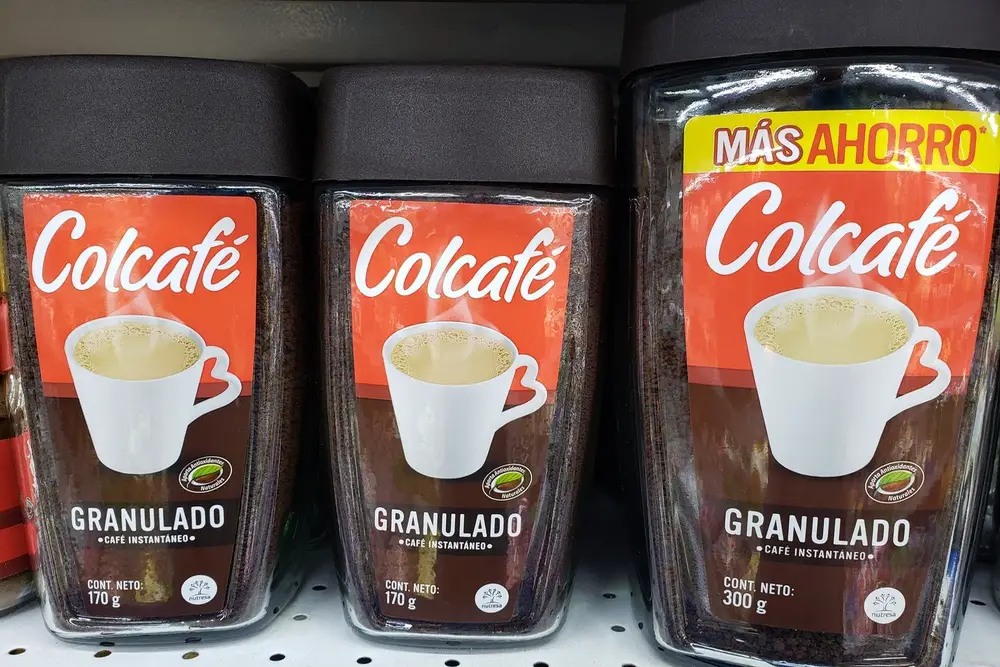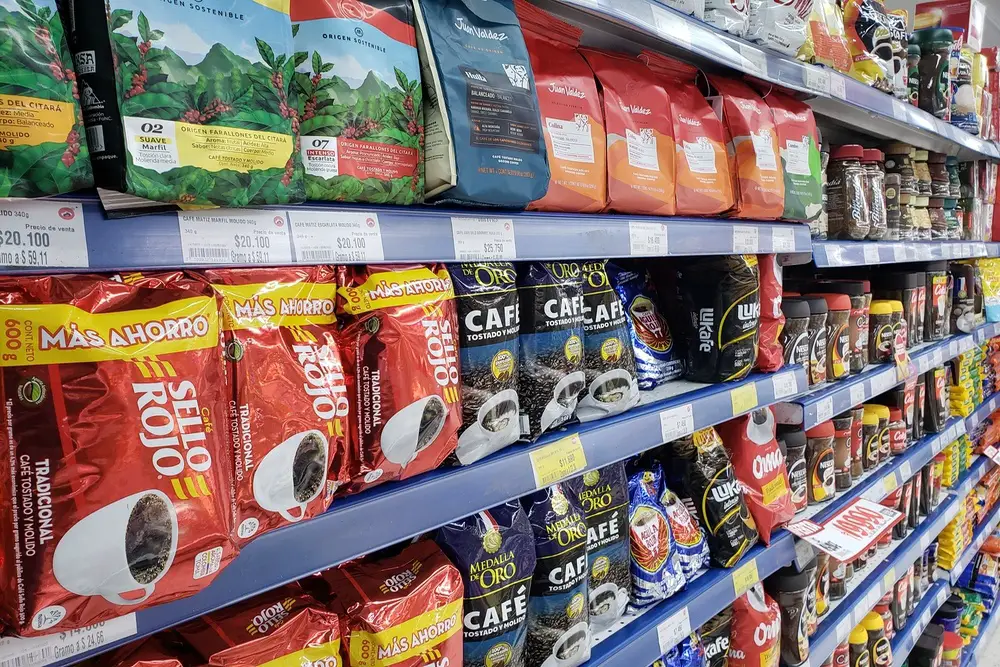Do you really know what instant coffee is and how it’s made?
Table of Contents
What is instant coffee?
Soluble coffee, also known as instant coffee, is a product made from brewed coffee beans. All you have to do is add hot water or milk to the powder and stir.
Various types of instant coffee can be used in everyday life, e.g. at events, conferences and congresses, but also in companies. Instant coffee has more fans than any other coffee product because it’s easy to use, lighter in weight, has a longer shelf life, and doesn’t require any special tools to prepare it.
Where does the instant coffee come from?
The first “instant coffee” was made in England in 1771, later called “coffee blend” and patented by the British government.
The first American instant coffee was invented in 1851. It was used during the Civil War when experimental instant coffee “cakes” were distributed to soldiers as food. Instant coffee was invented and patented in 1890 by David Strong of Invercargill, New Zealand. He made it using a process called “hot air drying”.
But it wasn’t until the 1901 Pan American Exposition that instant coffee gained widespread attention. It was there that Satoru Kato, a Japanese scientist from Chicago, introduced the technology to the general public. In 1910, British chemist George Constant Louis Washington, who lived in Guatemala, developed a different process for making instant coffee.
An avid coffee drinker, he noticed dust collecting in the spout of his favorite silver pot. This aroused his curiosity and led to further experiments. This led to the production of dry coffee crystals very similar to those used today. His brand is called Red E Coffee.
Nestlé began improving the instant coffee process in 1930 at the request of the Brazilian government. In 1938, the Swiss company introduced its instant coffee to the international market.
The first versions of instant coffee
- According to Mark Pendergast in The Oxford Companion to American Food and Drink, the first version of instant coffee dates back to 1771. Some 200 years after coffee was introduced to Europe, Britain granted John Dring a patent for a “coffee blend”. (from Smithsonian magazine).
- In the late 19th century, a Glasgow company developed a product called Camp Coffee, a liquid “flavour” made from water, sugar, coffee aroma and chicory.
- A version of Camp Coffee entered the British retail market as a consumer product in the mid to late 19th century. In the United States, the first instant coffee was invented during the Civil War when soldiers were looking for a portable way to refuel.
- In the mid-19th century, James Folger and his sons started a more family-run coffee business in San Francisco. To lure miners during the gold rush, Folger’s sold the first cans of ground beans that didn’t have to be roasted and ground at home, making coffee drinking a chore.
How instant coffee is made
Instant coffee is made by spray drying or freeze drying. Spray drying is a process in which liquid coffee concentrate is sprayed into hot air at a temperature of around 480 degrees Celsius as a fine mist. When the coffee falls to the ground, it dries into small crystals as the water evaporates.
Freeze drying is a little more complicated. The coffee is brewed into an extract and then cooled to around -7 degrees Celsius. After that, further cooling to -40 ° Celsius takes place and coffee blocks are produced. These are then broken down into granules which are sent into a drying vacuum where the ice evaporates leaving soluble coffee granules.
Spray drying
Fine, round particles are formed during spray drying. Because of the cost effectiveness of spray drying, the widest variety of instant coffee is produced using this method.
Freeze drying
During freeze drying, the water is removed by freeze sublimation. It is a more expensive process than other drying methods, but results in larger particle size solvents for better visual aesthetics.
Cohesion
Caking of instant coffee is often described as a hybrid of spray drying and freeze drying. During production using the spray drying process, fine particles are aggregated into larger particles by a rehydration process. This results in a visually improved product with a slight increase in solubility.
The popularity of instant coffee
The instant coffee market is expanding globally and growing exponentially in China. China, which used to drink about two cups of coffee per person per year (the amount most people drink before lunch), is now the fourth largest market for instant coffee (aka ready-to-drink coffee (RTD)). Russia is also a growing coffee market.
Instant coffee is an affordable beverage that can be expensive in whole bean form. The ready-to-drink coffee industry originated in the United Kingdom, where instant coffee has been consumed for decades.
Nutritional value of instant coffee
Many people cannot imagine a day without a cup of coffee.
Content per 100 grams
- Calories 2
- Total fat 0 g
- Saturated Fatty Acids 0g
- Cholesterol 0 mg
- Sodium 4 mg
- Potassium 30 mg
- Carbohydrate 0.3g
- Dietary fiber 0 g
- Sugar 0g
- Protein 0.1g
- Caffeine 26 mg
- Vitamin C 0 mg
- Calcium 4 mg
- Iron 0 mg
- Vitamin B6 0 mg
- Vitamin B12 0 mg
- Magnesium 4 mg
Soluble coffee as food for soldiers
NESCAFÉ instant coffee was a favorite product of US soldiers during World War II. It is an innovative product that allows you to enjoy a delicious and pleasant freshly brewed coffee. After the war, these soldiers became the best ambassadors for NESCAFÉ in the United States.
Benefits of instant coffee
Some of the benefits of instant coffee are:
- Fast preparation as it quickly dissolves in water, lower shipping weight and volume than beans or ground coffee for the same portion of coffee, and longer shelf life compared to other coffee formats.
- With instant coffee, you also save on cleaning and waste disposal because there are no coffee grounds left after brewing your cup of coffee.
- Plus, you don’t have to spend money on coffee makers, and at least one study has found that this method leaves a lower environmental footprint than other preparation methods and also has lower carbon emissions due to its light weight and packaging.
Shelf life of instant coffee
- Unopened, instant coffee can be kept for several months. Store airtight away from heat, air, moisture and light.
- To preserve and preserve the aroma of the instant coffee, choose a cool, moisture-free place, such as B. a frost-free cupboard or refrigerator.
- A teaspoon is a good amount per 100 or 125ml of milk or water, but you can increase the amount if you prefer a slightly stronger coffee.
Conclusion
One of the most popular beverages in the world, instant coffee is easy to prepare and make. More and more people tend to use this product



